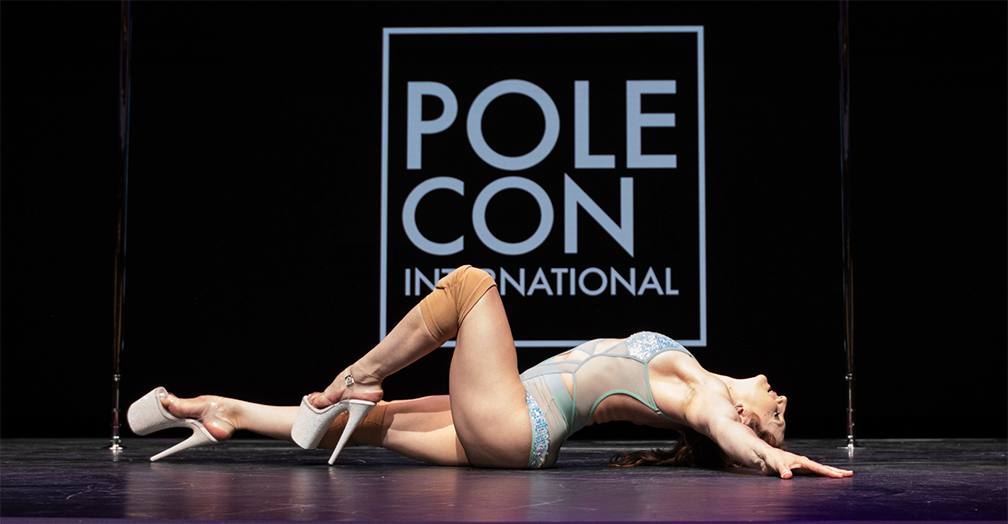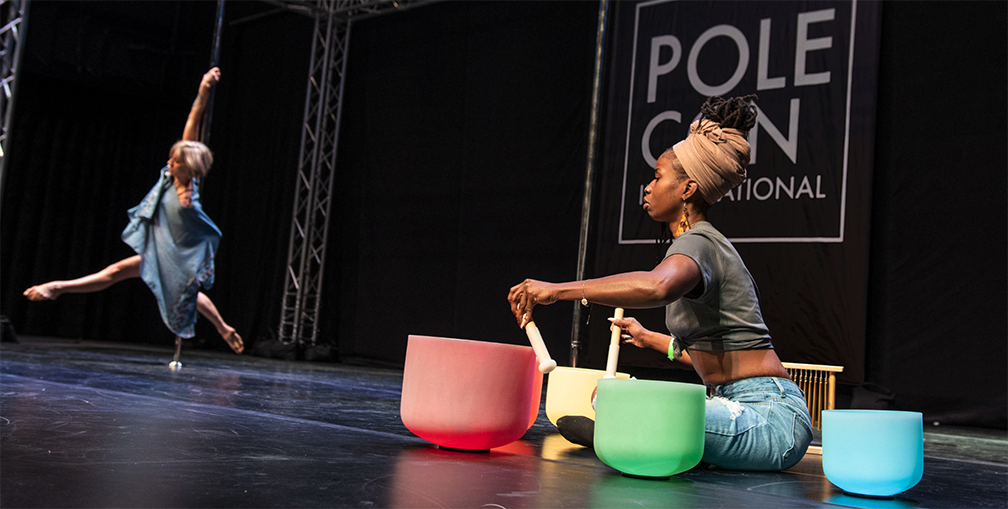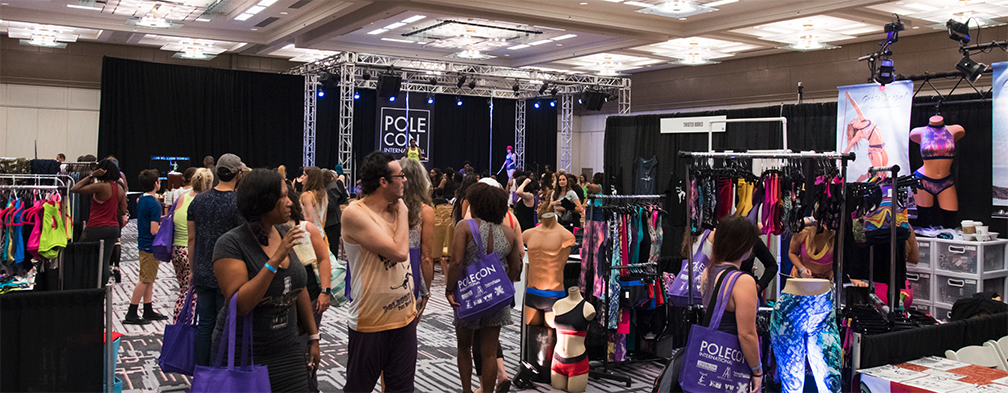
How to build a habit: a simple 3 step process
A “habit” is simply something you do in a repeated way. Most of the time our habits are formed unconsciously and may be influenced by our environment, the circumstances surrounding us, and the people we hang out with.
Sometimes we want to change our existing habits by creating new ways of doing things or sometimes we simply want to try new things without replacing the old things.
Building habits can be challenging—especially as you get older—and even with the best of intentions, having those habits “stick” long term can seem almost impossible.
Build a tiny habit
Over the summer I read the book “Tiny Habits: The Small Changes that Change Everything” by BJ Fogg.
This book showed me that building habits doesn’t have to be hard, complex, or challenging in anyway.
I loved this book so much, that I used the concept of building “tiny” habits in a mobility challenge to encourage people to regularly practice something they learned during the challenge.
👉 To build a tiny habit, we’ll use the ABC method:
- A create an anchor moment. This new habit will happen right after an existing habit.
- B create the habit. A tiny behavior that you want. It should be REALLY small! The author talks about setting a habit to floss “one tooth” because flossing all his teeth seemed too daunting.
- C celebrate! In a way that feels authentic to you.
Examples:
If my goal is to do more pushing activities to balance all the pulling of pole, I might do this: After my pole class ends, I do 1 pushup and then I tell myself: “good job!”
If my goal is to focus more on breathing during my workday, I might do this: After I send an email, I take a deep breath and then I smile to myself.
Make building the habits work for you
The key to this habit building system is to get all three pieces to work together.
Build on what you are already doing (the anchor habit), start really small, and make sure that celebration feels authentic to you.
👉 If you don’t have an anchor, then setting intentions for new habits like “work out more” get lost and overcome by things that inevitably come up.
👉 If you start too big then the habit can be hard to accomplish. The author talks about how really small goals can snowball – if you want to start running and set a habit intention to run to the end of the block many times you may run further. And on those days you don’t run further, you still achieved the habit!
👉 Finally, if you don’t celebrate or don’t celebrate in a way that feels authentic and applicable to you, then over time, you won’t see the benefit of continuing the habit—even if you were really excited at first about it. Motivation wanes.
What new habit do you want to try?
- PoleCon Hub Page: MORE Black Voices - June 13, 2025
- PoleCon 2025: Recap - June 4, 2025
- Interview with New PoleCon Instructor: Melonsl - May 9, 2025


